OHIO — Extreme heat with hit the Buckeye State this weeking, bringing temperatures into the mid- to high 90s.
High temperatures pose a threat to some groups more than others, including young children and infants. Other groups who face potential risks include people above 65, those who are overweight, those who overexert exercising and people who are physically ill or suffer from chronic illnesses, according to the Ohio Committee for Severe Weather Awareness.
NWS recommends drinking plenty of fluids, staying in an air-conditioned room, avoiding too much time in the sun and checking on relatives and friends. It also recommends knowing the difference between heat stroke and heat exhaustion signs.
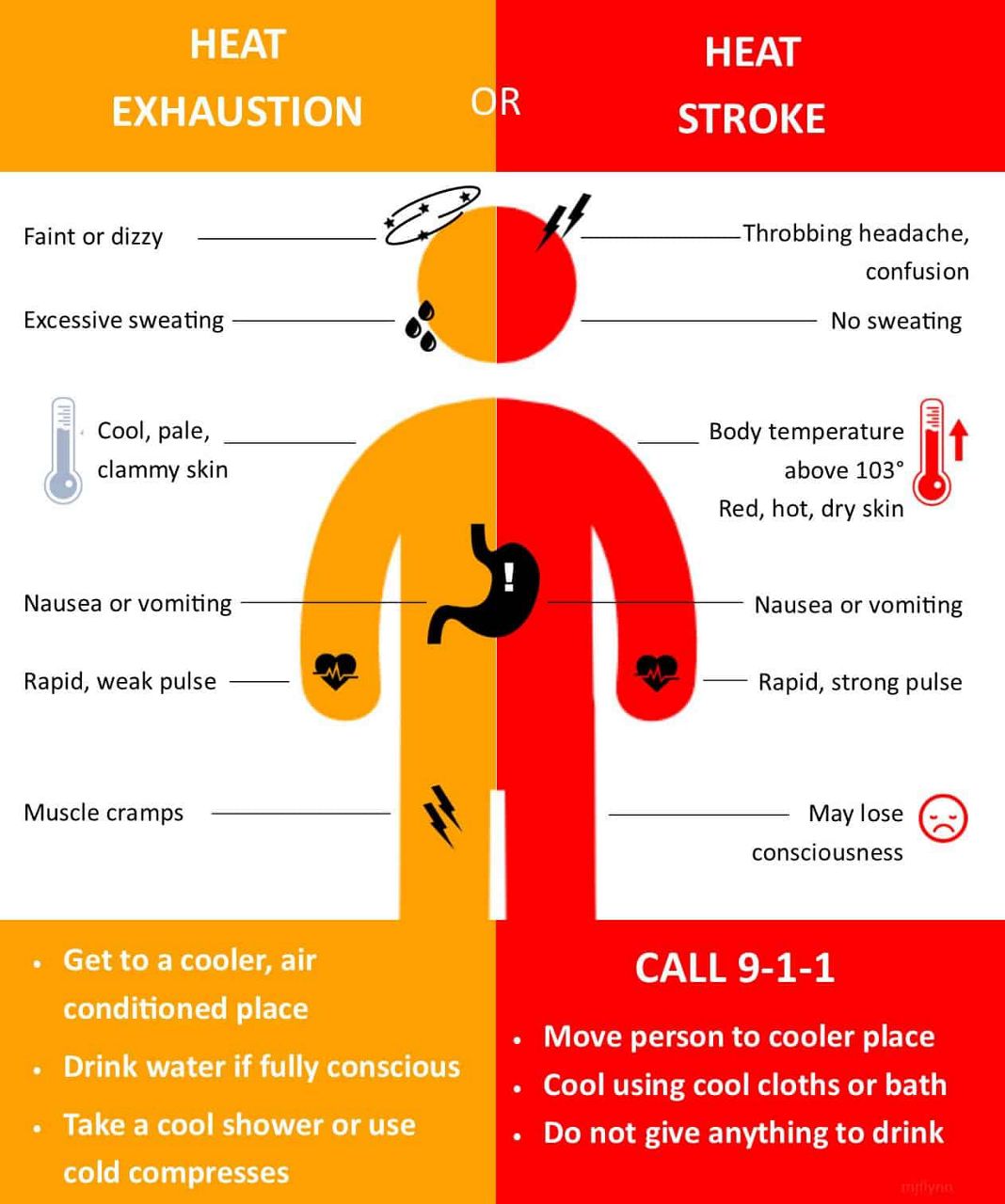
Heat exhaustion, according to the Cleveland Clinic, is more common than people think. It occurs when the body overheats and cannot cool itself down. It can happen during workouts on especially hot or humid days.
Symptoms of heat exhaustion include:
- Dizziness, headache, blurred vision and light-headedness
- Fever
- Fatigue, weakness or fainting
- Nausea and vomiting
- Rapid, shallow breaths
- Severe sweating and cold, clammy skin
- Swelling in ankles, feet or hands
- Weak, fast heartbeat and low blood pressure when standing up
To recover from heat exhaustion, the first step is to cool down and rest. Cleveland Clinic recommends wetting a washcloth with cold water and placing it on the forehead or the back of the neck and to stop all physical activity. Cleveland Clinic recommends drinking water slowly by taking small sips for about an hour; avoid drinking too much too quickly and avoid caffeinated drinks and alcohol.
The symptoms of exhaustion are similar to heatstrokes, but a heatstroke is a life-threatening condition. Heat exhaustion and heatstroke are both types of hyperthermia. Heat exhaustion can develop into heatstroke if left untreated.
Also referred to as sunstroke, it occurs when the body reaches a temperature of over 104 degrees. It can lead to brain damage, organ failure or even death.
There are two types of heatstroke: exertional heatstroke, occurring as the result of physical overexertion in hot, humid conditions which can develop in a few hours, and non-exertional heatstroke, called classic heat stroke, which can occur because of age or underlying health conditions. This kind develops over several days.
While anyone can develop heatstroke, infants and and the elderly are two particular risk groups.
Symptoms include:
- Anhidrosis (dry skin that doesn’t sweat, which is more common in non-exertional heatstroke)
- Ataxia (problems with movement and coordination)
- Balance problems
- Delirium (confusion or disorientation)
- Dizziness
- Excessive sweating that continues after exercise has stopped
- Hot, flushed skin or very pale skin
- Low or high blood pressure
- Lung crackles (bubbling or gurgling sound in the lungs)
- Nausea and vomiting
- Oliguria (low urine output)
- Rapid breathing or tachycardia (fast heart rate)
- Seizures
- Fainting
- Weakness
Cleveland Clinic said studies have shown heatstroke occurs in about 20 out of 100,000 people each year in the U.S. and it's very common in urban areas. Those studies also show heatstroke causes between 240 and 833 deaths annually in the states.
Those who develop heatstroke can develop shock or slip into a coma. The high body temperature could lead to complications including: brain swelling, kidney failure, liver failure, metabolic dysfunction, acute respiratory distress syndrome (ARDS), nerve damage and circulatory problems.
To treat heatstroke, call 911 and while waiting for assistance, work to cool the person down. People are encouraged to apply ice packs to the neck, groin and armpits and to take sips of slightly salted fluids, such as sports drinks or lightly salted water. Avoid giving medicine, including aspirin and acetaminophen, and monitor breathing patterns.





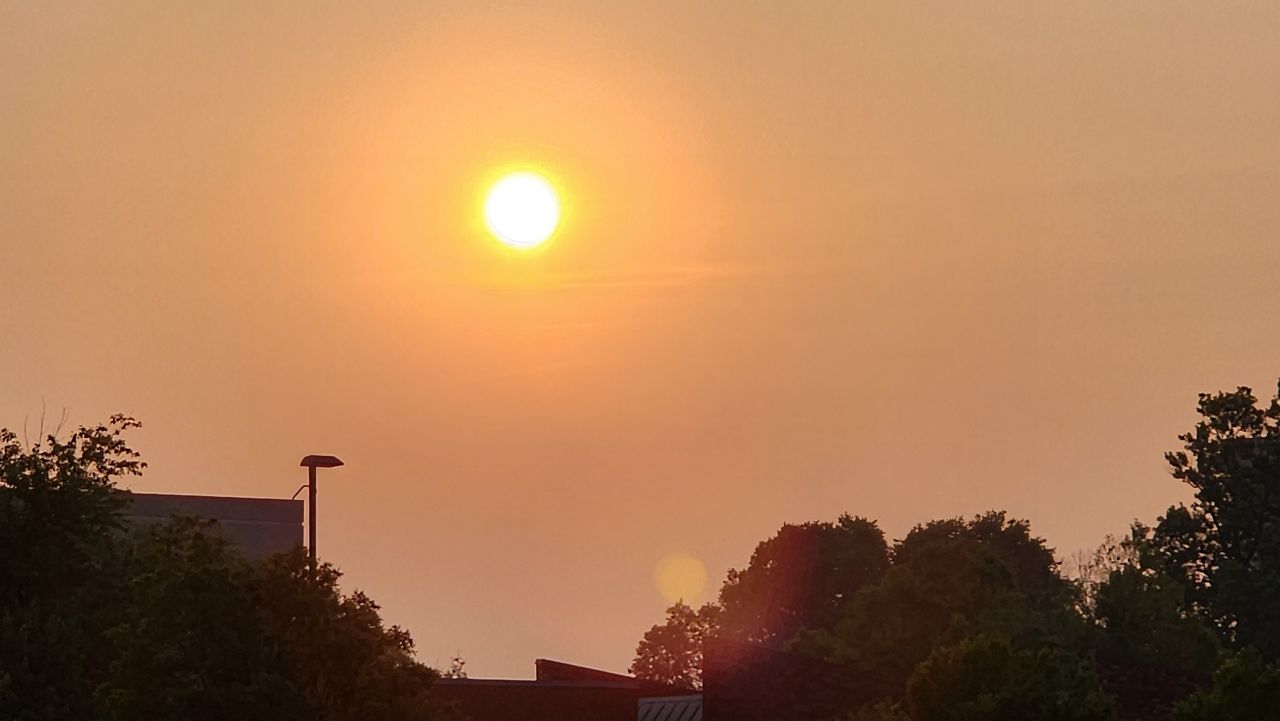
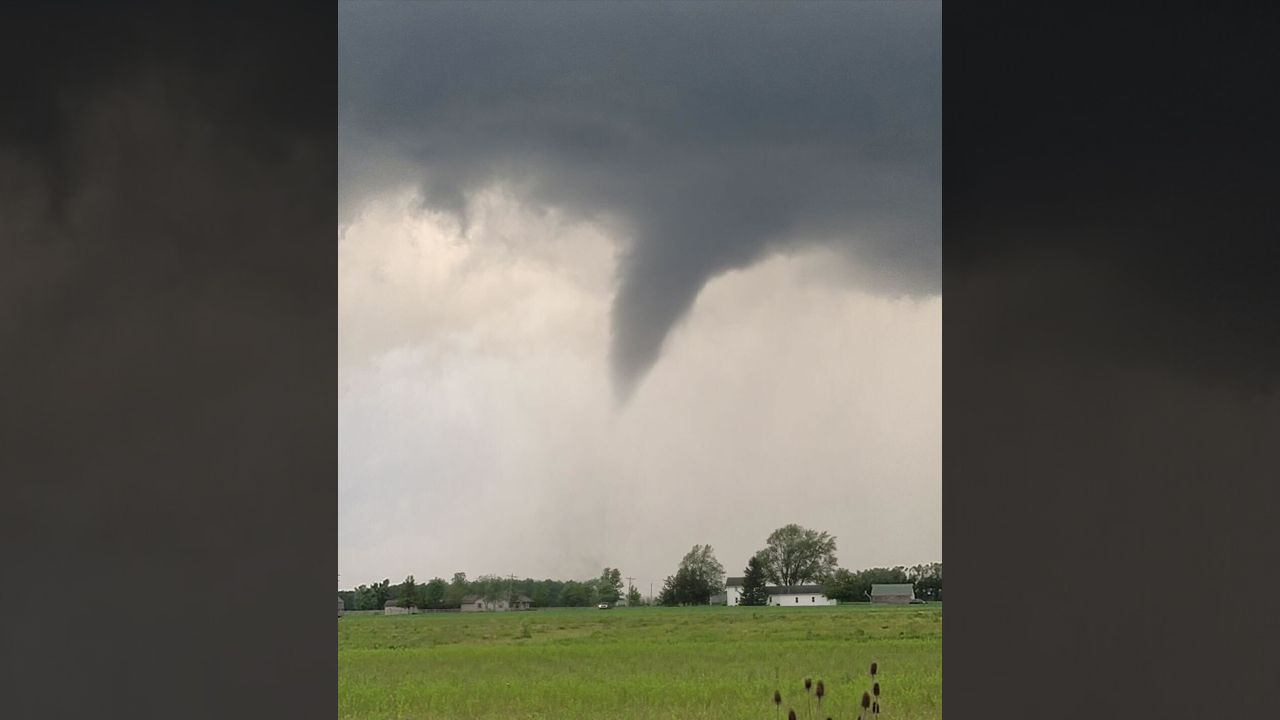
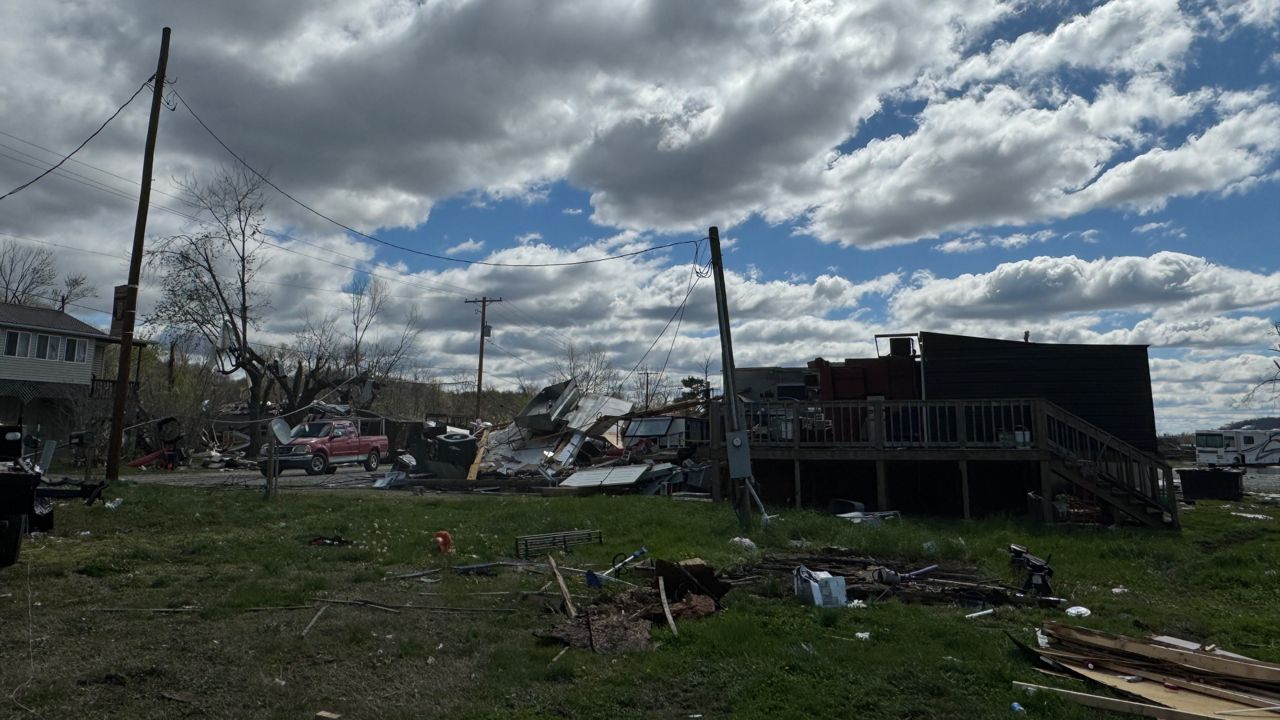
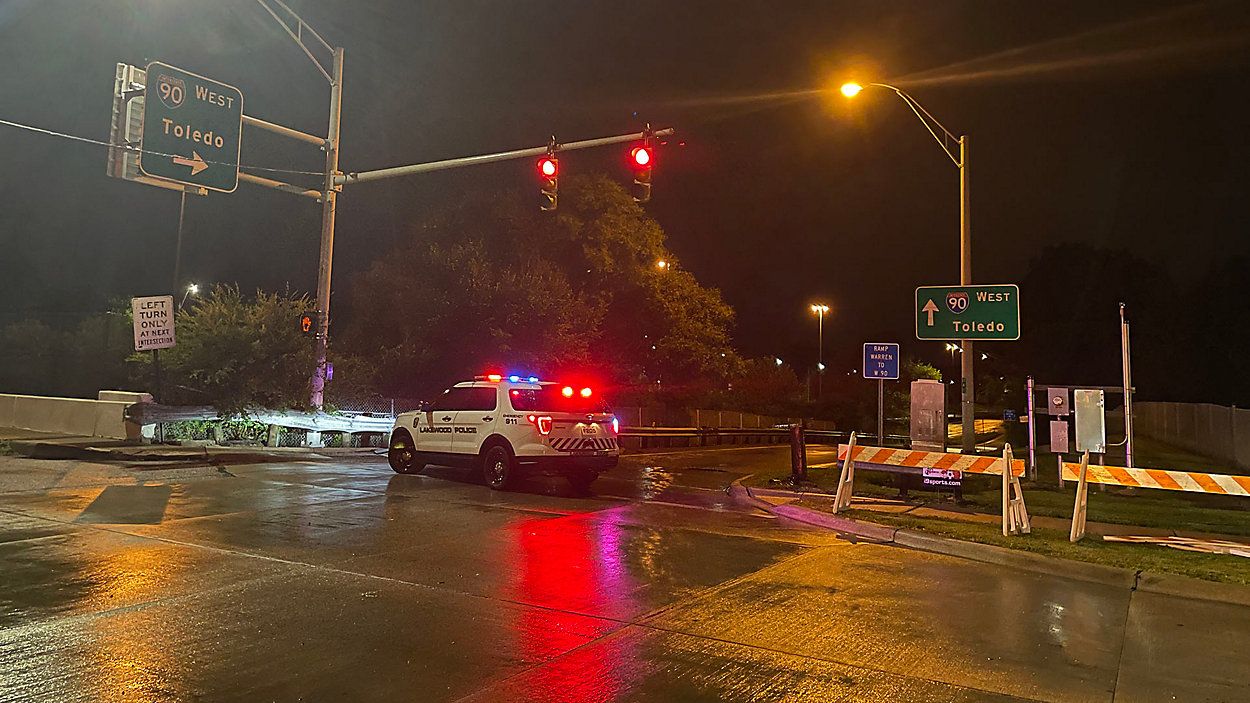
_Cropped)